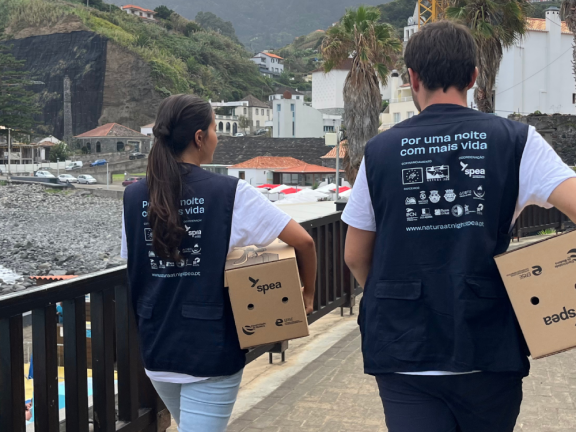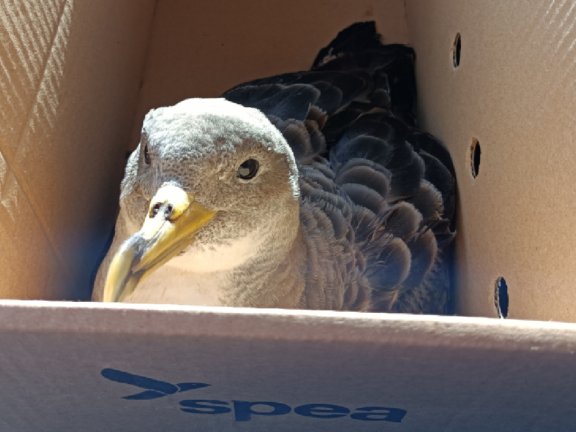On the 1st and 2nd of June, SPEA Madeira coordinated an important meeting that involved the several scientific groups of the LIFE Natura@night project. The purpose of this meeting was to present the first results of the research conducted so far, as well as to allow discussions about the next steps of the project.
Held online, the second scientific meeting of the project provided a valuable platform for the exchange of experiences between the representatives of the different groups of the scientific committee. Each group had the opportunity to share the challenges faced during the sampling work, as well as the progress made and the next challenges to be faced.
In the working group dedicated to seabirds, the difficulties experienced in searching and marking nests were addressed, as well as the benefits of using GPS and GLS systems on rescued birds. The insects working group has discussed possible new methodologies and presented the data from the sampling carried out so far. Regarding the study of bats, the difficulties faced in the sampling of these nocturnal mammals were highlighted. Finally, the working group responsible for the study of light pollution had the opportunity to clarify the first results of measurements of artificial light in the night sky in the regions of the Canary Islands, Azores and Madeira.
In this scientific committee, in addition to the project partners, Jaime Ramos, Vítor Paiva and Airam Rodríguez, seabird experts, Ricardo Rocha, António Mira and Sérgio Teixeira, bat experts, Paulo Borges, insect expert, and Cristobal Garcia and Raul Cerveira Lima, light pollution experts, were involved.
It is essential to understand the impacts of this threat on the different animal groups affected to ensure the implementation of inclusive and effective solutions that take into consideration the different species, including humans. The LIFE Natura@night project aims to study the effects of light pollution on ecosystems in Macaronesian islands. Light pollution, resulting from the excessive and inappropriate use of lighting, causes a significant negative impact on insect, bat and seabird species.




